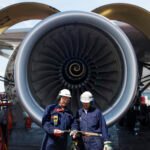Technology
Flying Into the Future: The Latest Innovations in Aviation Technology
The aviation industry stands on the brink of a technological revolution, blending tradition with cutting-edge innovations. From training pilots with advanced simulators to the rise of drones and online learning platforms, the future is taking flight in ways we could hardly imagine just a decade ago. Let’s delve into some of the latest advancements transforming how we approach aviation.
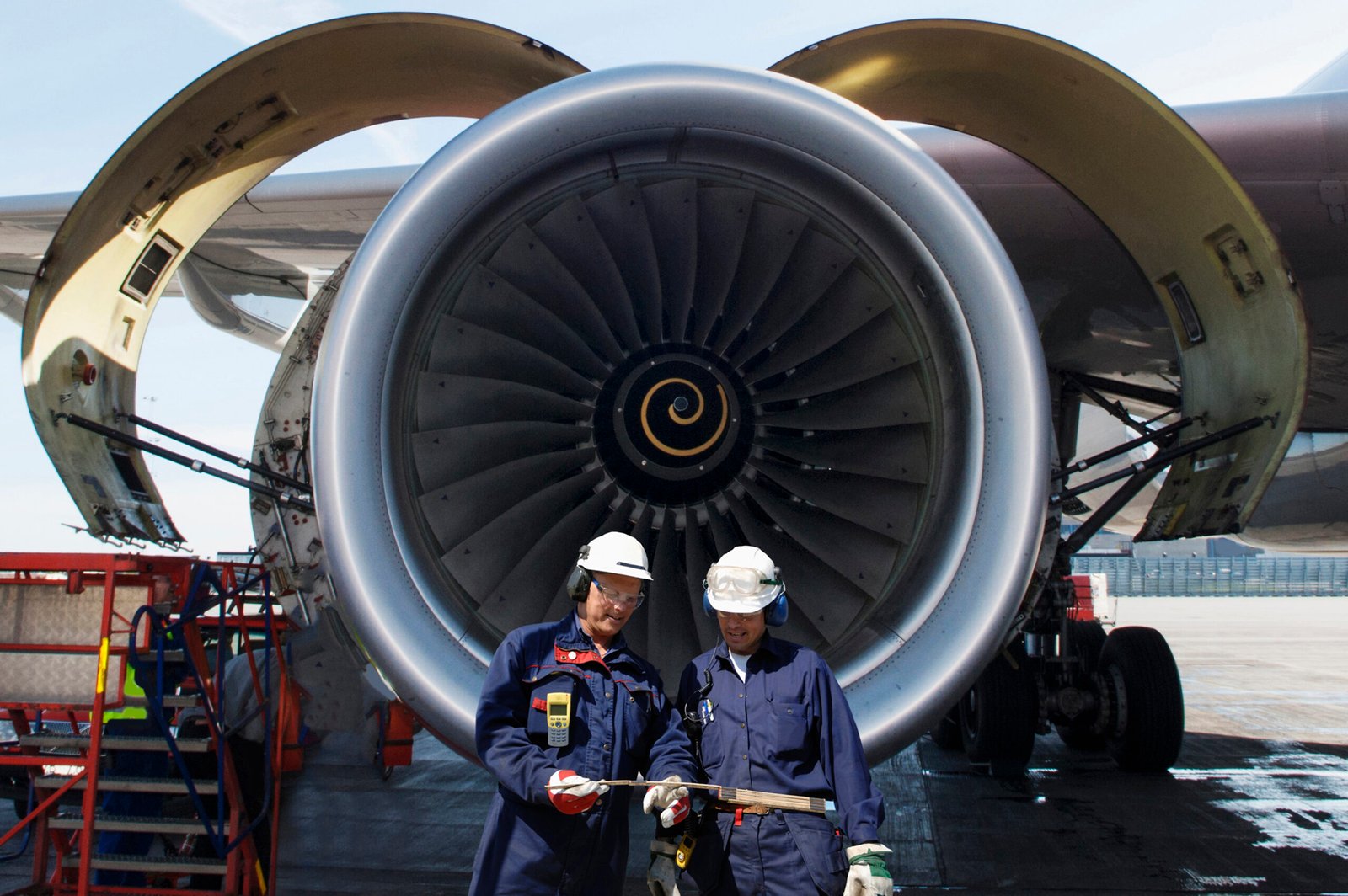
*Aviation and Technology Training: Simulators**
Gone are the days when aspiring pilots had to rely solely on real aircraft for training. Today, flight simulators have become an integral component of pilot education. These sophisticated tools replicate real-world flying conditions with stunning accuracy, allowing trainees to experience everything from routine maneuvers to emergency situations without leaving the ground.
Modern simulators incorporate virtual reality (VR) technology, making training sessions immersive and realistic. Learners can engage in simulated flights that mimic weather changes or mechanical failures, thus better preparing them for actual flight scenarios. This innovative training not only enhances safety but also optimizes costs associated with traditional flight instruction.
*Essential Aviation Blogs and Resources**
For those who want to stay informed about ongoing developments in aviation technology, numerous blogs and websites serve as valuable resources:
1. **The Points Guy** – Focuses on travel tips and airline news.
2. **Airliners.net** – A community-driven site showcasing photos and discussions on aviation topics.
3. **Aviation Week** – Offers insights into aerospace trends, technology advancements, and industry analysis.
4. **FlightGlobal** – Provides updates on airlines, aircraft manufacturers, and regulatory changes.
5. **Jetwhine** – A mix of opinions on aviation issues along with entertaining stories from pilots.
Social media platforms like Twitter feature hashtags such as #AvGeek or #PilotLife that connect aviation enthusiasts globally. Following accounts of airlines, flight schools, or influential aviators can keep you updated while also building your network within this exciting field.
*Online Aviation Courses: Ground Schools & Careers**
The advent of online education has made it easier than ever to pursue a career in aviation without geographical constraints. Many organizations offer comprehensive online courses that cover foundational knowledge essential for aspiring pilots or those looking to start careers in ground operations.
These courses often include Ground School programs that prepare students for FAA certification exams while providing flexible scheduling options—ideal for busy individuals juggling work and study commitments. Platforms like Coursera or Udemy host various programs ranging from introductory pilot training to specialized subjects such as air traffic control or aircraft maintenance.
With growing demand for qualified pilots due to global travel resuming post-pandemic, many airlines actively recruit trained professionals through dedicated job boards like PilotJobs.com or Avjobs.com.
*The Drone Revolution**
Drones have emerged as one of the most intriguing facets of modern aviation technology. With applications ranging from aerial photography to package delivery and agricultural surveillance, these unmanned aerial vehicles (UAVs) are reshaping industries across the board.
Regulatory bodies like the Federal Aviation Administration (FAA) provide guidelines around drone usage ensuring safety while promoting innovation in this sector. Their website offers comprehensive resources about drone registration processes along with information concerning Part 107 licensing—a must-have for commercial drone operators.
In conclusion, as we fly into an exciting future where technology meets traditional practices within aviation, staying updated through reliable sources becomes vital for enthusiasts and professionals alike. Whether it’s embracing simulator training or exploring online courses tailored specifically for aviation careers—or even navigating the new world of drones—the sky truly is not the limit; it’s just the beginning!

Aviation Legends: Pioneers Who Changed the Skies Forever
The skies have always held a certain mystique, beckoning adventurers and innovators alike. From the earliest days of flight to the contemporary advancements in aviation technology, pioneers have propelled us into a new era. This blog post explores key aspects of aviation that honor these legends while offering a glimpse into modern resources available for aspiring aviators.
At its core, aviation is an amalgamation of cutting-edge technology and rigorous training. Today’s pilots undergo extensive education through advanced simulators that mimic real-world flying experiences with unprecedented accuracy. These sophisticated tools not only enhance pilot skills but also significantly improve safety by allowing trainees to encounter various scenarios without leaving the ground. Flight simulators provide an essential training platform where future aviators can learn to navigate complex conditions—from turbulent weather to emergency landings—before ever stepping foot in an actual cockpit.
For those looking to dive deeper into the world of aviation, numerous blogs and websites serve as treasure troves of information. A few standout platforms include:
1. **Airliners.net** – A vibrant community that discusses everything from commercial flights to rare aircraft.
2. **FlightGlobal** – Offers industry news, analysis, and insights on global developments in aviation.
3. **Pilot’s HQ** – A dedicated space for sharing tips, advice, and personal experiences among pilots.
4. **The Points Guy** – While primarily focused on travel rewards, it includes extensive content related to airlines and flight experiences.
Social media also hosts a plethora of aviation enthusiasts who share their passion daily. Instagram accounts like @aviationphotodaily showcase breathtaking aerial photography while Twitter handles such as @AvGeekDaily keep followers updated with engaging news articles and discussions revolving around all things flight-related.
For those determined to earn their wings, online courses and ground schools abound! Many institutions offer comprehensive programs tailored for aspiring pilots at various skill levels. Websites like **King Schools**, **Sporty’s Pilot Shop**, and **AOPA’s Air Safety Institute** provide courses ranging from private pilot certification to instrument ratings—all accessible from your home computer or tablet.
As with any profession, job opportunities in aviation are plentiful but competitive. Pilots can explore positions ranging from commercial airline duties to cargo flights or even scenic tours over stunning landscapes. Resources like **Indeed**, **Glassdoor**, and specialized sites such as **PilotCareerCenter.com** list current job openings tailored specifically for aviators seeking their next adventure.
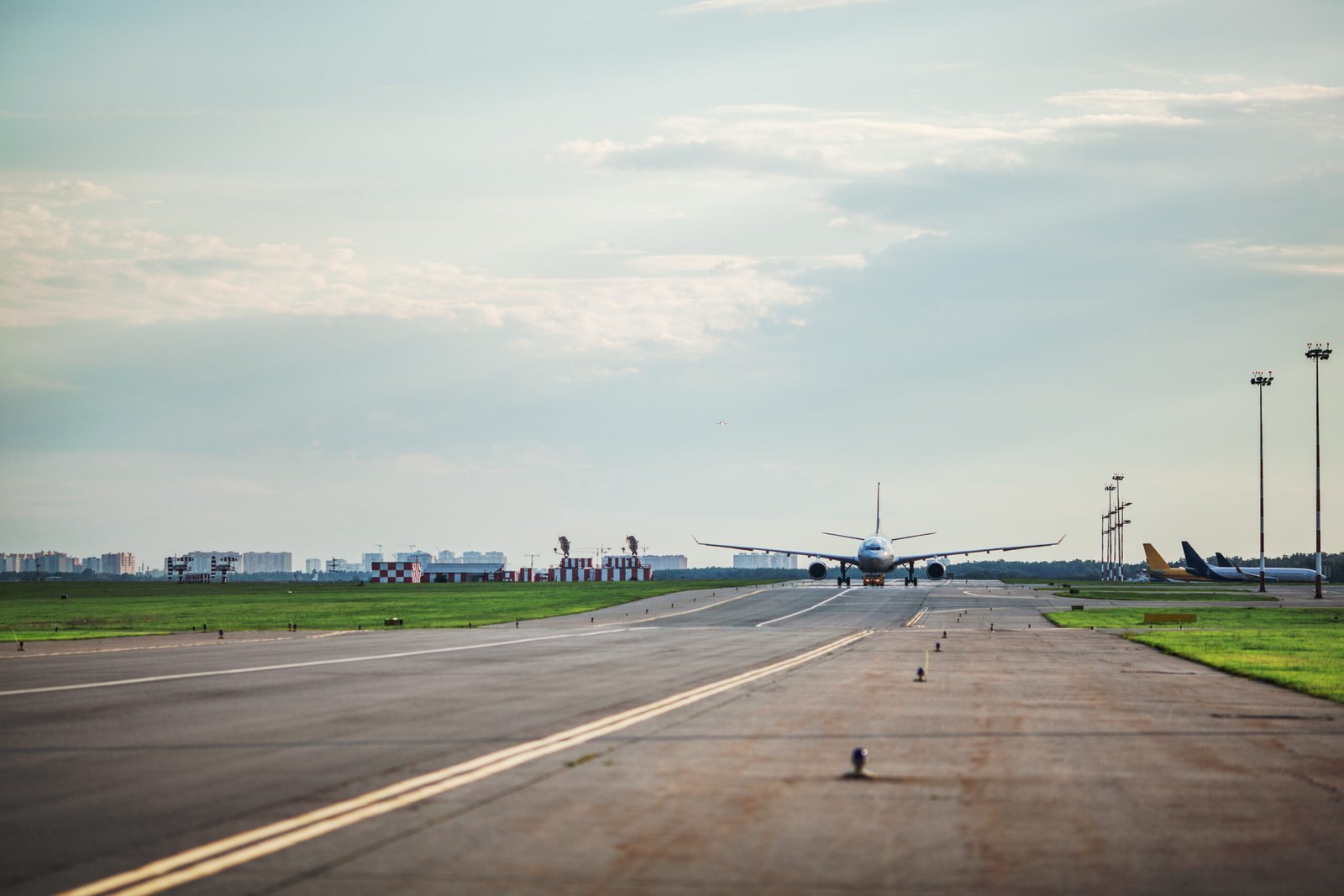
In recent years, drones have emerged as revolutionary players within the aerospace sector. Unmanned aerial vehicles (UAVs) are not just toys; they are transforming industries such as agriculture, surveillance, delivery services, and filmmaking! With the Federal Aviation Administration (FAA) establishing regulations for drone operations, it has never been more vital for remote pilots to stay informed about compliance guidelines—check out the FAA website for comprehensive resources on registration and safety protocols.
Finally, let’s not forget about regulatory bodies like the FAA that ensure safe skies through continuous oversight and innovation in policies affecting both traditional aircraft and emerging technologies like drones.
In conclusion, pioneers of flight have laid the groundwork for an incredible legacy marked by progress in technology alongside unwavering dedication to safety training. As we look ahead into this dynamic field filled with possibilities—from soaring high above clouds in a state-of-the-art simulator to piloting innovative drones—the spirit of those legends lives on today more than ever before!
Exploring the World from Above: The Rise of Drone Delivery Services
In a world that craves convenience, the aviation industry has soared to new heights, merging cutting-edge technology with innovative service models. One fascinating development is drone delivery services, which are transforming how we think about logistics and transportation. As drones become more prevalent in our skies, understanding the foundational elements of aviation technology and training becomes essential.
Aviation today is not just about flying planes; it’s a blend of science, technology, and creative problem-solving. Aspiring aviators often start their journeys through simulators—virtual platforms that replicate real-world flying experiences without leaving the ground. These simulators have evolved dramatically over the years, providing realistic environments that help students grasp complex concepts while honing their skills. From basic flight maneuvers to advanced navigation techniques, simulators offer an invaluable tool for both novice pilots and seasoned professionals seeking to sharpen their expertise.
If you’re interested in diving deeper into aviation topics or keeping up with industry trends, numerous blogs and websites cater to enthusiasts and professionals alike. Some noteworthy mentions include “Airliners.net,” where aviation photography meets discussions on commercial air travel. Another great resource is “The Aviation Herald,” offering insights into accident reports and safety information. Additionally, social media platforms host vibrant communities such as “FlyByWire” on Twitter or various Facebook groups dedicated to pilot training and aircraft appreciation.
For those looking to break into the field—or simply expand knowledge—online aviation courses have flourished in recent years. Ground schools like King Schools or Jeppesen provide comprehensive programs covering everything from private pilot licensing to instrument ratings. Increasingly popular are MOOCs (Massive Open Online Courses) offered by institutions like Embry-Riddle Aeronautical University that cover diverse topics within aviation management and aerospace studies. With flexibility at your fingertips, these online options make it easier than ever for individuals to gain valuable skills at their own pace.

Of course, no discussion about modern aviation would be complete without mentioning job opportunities available for pilots today. The demand for qualified aviators continues to grow alongside technological advancements in air transport systems. According to forecasts from the FAA (Federal Aviation Administration), thousands of new pilots will be needed in the coming years due to retirements and increased air traffic demands—a golden opportunity for aspiring aviators!
As we embrace this new era of aerial innovation, drones have emerged as game-changers in delivery services across various sectors—from e-commerce giants delivering packages directly to doorsteps within hours to medical supplies reaching remote areas quickly and efficiently. The FAA plays a crucial role here too; they regulate drone operations ensuring safety while encouraging innovation through initiatives like Part 107 certification for commercial drone pilots.
For anyone wanting more information on regulations or educational resources related specifically to drones, visiting the official FAA website is imperative. They provide guidelines not only on operations but also on legalities surrounding drone usage—essential knowledge for those venturing into this exciting field.
With each passing day, the synergy between aviation technology and everyday life strengthens exponentially. Whether you’re considering becoming a pilot or simply fascinated by how drones reshape logistics infrastructure worldwide—the sky’s truly no longer the limit! Embrace this thrilling journey above us—it’s boundless!
Unlocking the Skies: The Impact of Drones on Modern Aviation
In recent years, the aviation sector has undergone a seismic shift, largely driven by advancements in technology. Among these innovations, drones have emerged as game-changers, revolutionizing not only how we think about flying but also how we train future pilots and aviation professionals. This post delves into various facets of modern aviation, highlighting the influence of drones and cutting-edge training methodologies.
Let’s begin with the pivotal role that technology plays in pilot training. Traditional flight schools have embraced simulators to enhance learning experiences. These sophisticated devices replicate real-world flying conditions, allowing aspiring pilots to practice maneuvers without leaving the ground. Simulators enable students to confront challenging scenarios—like inclement weather or equipment failures—in a safe environment, which is integral for building confidence and skill.
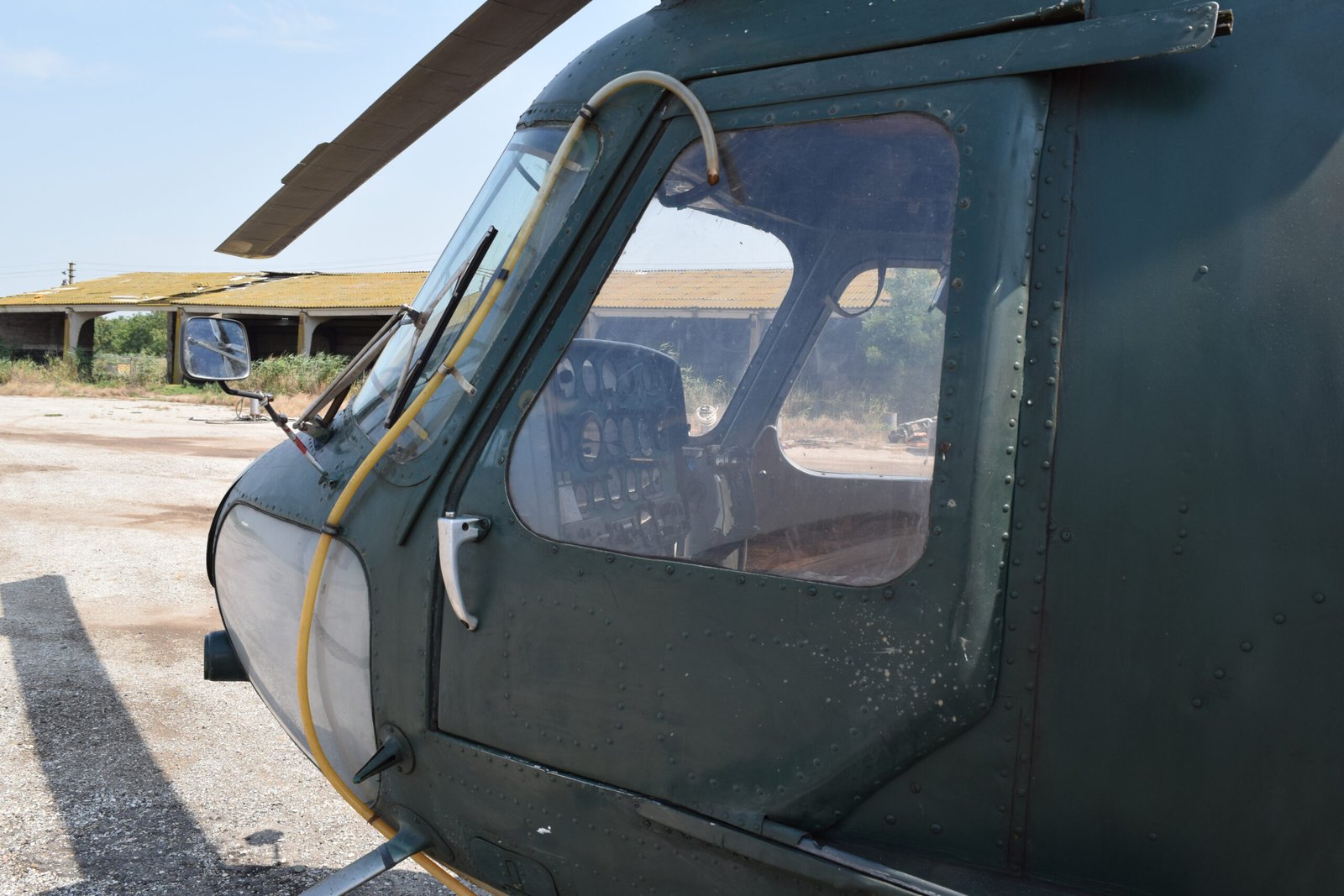
For those eager to explore more about aviation or enhance their knowledge, numerous blogs and websites serve as treasure troves of information. Here’s a shortlist of some must-follow resources:
1. **AirlineReporter.com** – Offers insights into airline news and travel tips.
2. **FlyingMag.com** – A comprehensive source for general aviation enthusiasts.
3. **AvWeb.com** – Provides continuous updates on industry trends.
4. **ThePilotReport.com** – Features pilot stories and aircraft reviews.
5. **FliteTest.com** – Focuses on the fun side of flying with DIY drone projects.
Social media platforms are also rich with content for aviation aficionados. Twitter accounts like @AviationWeek provide breaking news while Instagram accounts such as @PilotLife showcase stunning aerial photography paired with personal narratives from pilots around the globe.
For those who prefer structured learning environments, online aviation courses and ground schools are increasingly popular options. Websites like Udemy and Coursera offer specialized courses ranging from basic aerodynamics to advanced navigation techniques—all from the comfort of home! Ground schools prepare students for FAA tests, covering essential topics such as flight regulations and meteorology.
As drones gain traction in both commercial and recreational realms, they are opening up new career pathways within aviation. Industries ranging from agriculture to real estate now employ drone technology for aerial surveys and inspections, creating a demand for certified drone operators. The FAA has established guidelines that govern drone usage in airspace management; thus understanding these regulations is crucial for anyone looking to enter this field.
If you’re interested in pursuing a career as a pilot or drone operator, it’s wise to stay informed about job opportunities available through platforms like Indeed or LinkedIn where many airlines post openings regularly.
For regulatory insights, visit [FAA.gov](https://www.faa.gov), which provides extensive resources related to licensing requirements for pilots as well as guidance on operating drones safely within U.S airspace.
Embracing innovation is key in today’s fast-paced world of aviation where both manned aircraft and unmanned aerial vehicles (UAVs) coexist harmoniously. Drones not only facilitate new operational efficiencies but also inspire creativity across sectors—pushing boundaries previously thought impossible.
To conclude, unlocking the skies involves leveraging technological advances while fostering an engaged community through education—be it via traditional flight training supplemented by simulators or expanding knowledge through diverse online resources. As we continue navigating this transformative era in aviation history, one thing remains clear: embracing change will propel us all higher than ever before!
Wings of Change: How Aviation is Transforming Global Travel
In the ever-evolving landscape of travel, aviation stands at the forefront, catalyzing a transformation that reshapes how we explore our world. With technological advancements, innovative training methods, and a burgeoning interest in drones, the future of aviation is as thrilling as it is complex. Let’s delve into how these elements are revolutionizing global travel.
One of the most significant shifts in aviation today stems from enhanced technology training. Gone are the days when pilots relied solely on traditional flight school experiences. Modern simulators have taken center stage in pilot training programs worldwide. These high-tech devices provide an immersive learning environment where aspiring aviators can practice various flight scenarios without ever leaving the ground. From emergency landings to navigating inclement weather, simulators offer invaluable hands-on experience that prepares pilots for real-world challenges.
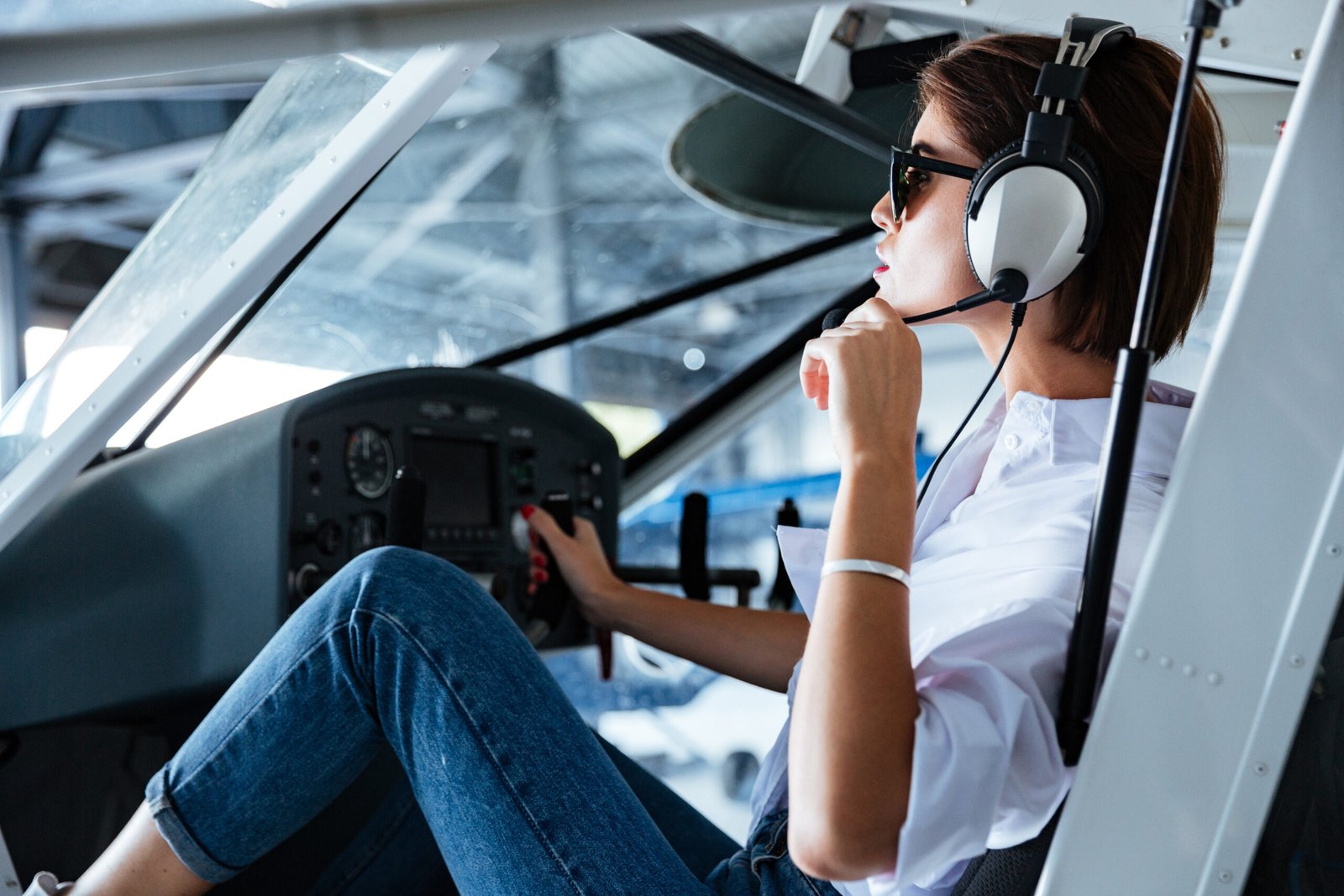
For those eager to dive deeper into the world of aviation, a plethora of online resources awaits. Numerous blogs and websites cater to both enthusiasts and professionals alike. Websites like Aviation Week and FlightGlobal deliver industry news while blogs such as AirlineReporter and The Points Guy offer insights into travel trends and tips for maximizing benefits from loyalty programs. Social media platforms amplify this knowledge-sharing; follow accounts like @AviationDaily on Twitter or @AirplaneMode on Instagram for daily doses of aerial inspiration.
If you’re considering a career as a pilot or wish to further your aviation education, there’s no shortage of online courses available today. Institutions like Embry-Riddle Aeronautical University offer comprehensive programs ranging from private pilot certifications to advanced degrees in aeronautics. Ground schools provide essential knowledge about aircraft systems, navigation techniques, and regulations governed by authorities such as the Federal Aviation Administration (FAA). For those interested in becoming commercial pilots or flight instructors, these educational pathways are critical stepping stones toward achieving your goals.
The increase in drone technology is another exciting facet revolutionizing aviation today. Drones have transitioned from niche gadgets to vital tools across various sectors—including photography, agriculture, delivery services, and even disaster management. Their ability to access hard-to-reach areas quickly has made them indispensable assets in numerous industries. With the FAA actively working on integrating drones into national airspace through updated regulations and safety protocols, it’s clear that their presence will only grow stronger.
A wealth of resources exists for staying informed about drone operations too—check out the FAA’s dedicated pages on remote pilot certification or Part 107 regulations for commercial drone use. Engaging with local UAV communities via social platforms fosters collaboration among enthusiasts looking to share insights or troubleshoot challenges together.
As we embrace this era of rapid change within aviation—driven by technological innovation and evolving educational frameworks—it’s essential not just to keep up but also to participate actively in this dynamic field. Whether you’re aspiring for a cockpit seat or simply enjoy watching planes soar through azure skies, understanding these transformations enriches your appreciation for global travel’s intricacies.

In conclusion, as we stand at this remarkable juncture where tradition meets technology within aviation realms—from sophisticated simulators enhancing pilot training to drones redefining logistics—the wings of change are indeed lifting us into an exciting future filled with possibilities! So buckle up; it’s going to be one exhilarating flight ahead!
